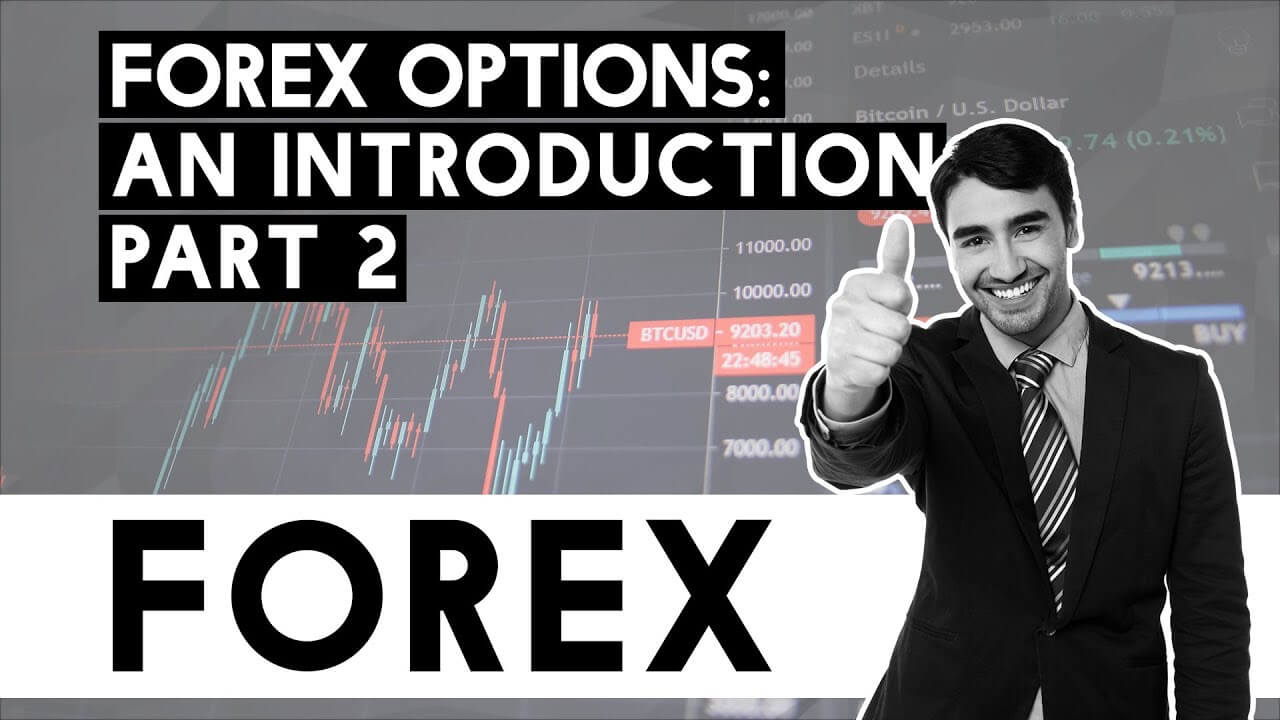An Introduction To Forex Options Part 2- Step Up Your Game!

The price of the option, at least theoretically, is determined by a complex computation using the Black-Scholes model. The Black-Scholes equation aims to compute the fair value of the contract, based on the asset’s volatility, the time in days to the expiration, and the distance of the strike price to the spot price of the underlying.
But, the market may and do set a different price. Since strike price and expiring date are fixed, the difference of the market price with the theoretical price, computed using historical volatility, is attributed to a different perception of the asset’s volatility, which is called “implied volatility.”

The greeks
The running price of an option depends on several factors, as we can see: The volatility, the distance of the strike to the current price, and the time to the expiration. The greeks are four factors that define the risk of the option: Delta, Gamma, Vega, and Theta.
Delta
Delta measures the change in the price of an option that results from a change in the underlying’s price. The value of delta ranges from – 100 to zero on puts and from 0 to 100 on calls. For example, the delta of a call at the money ( when the strike and spot prices are equal) is 50, which means the option’s value changes 50% of the change on the underlying’s price. Delta is also a measure of the probability of being profitable at expiration.
We have to pay attention to the following:
– Deltas increase as the expiration date gets closer
– Delta’s rate of change is measured by Gamma
– Implied volatility changes can also change the Delta.
Gamma
Gamma measures the rate at which Delta changes. Gamma is small for out of the money options and gets higher as the option moves at the money. Gamma is positive ( 0-100) for calls and negative ( -100-0) for puts.
A low gamma suggests that even a large movement on the underlying will have a small effect on the Delta and, therefore, on the option’s price.
Vega
Vega is the measure of the volatility of the underlying asset. As the Vega increases, so do the odds of the price moving larger ranges. Hence, an increase in Vega it rises the price of the option, while a shrinking vega will lower it. Thus, option sellers benefit from the shrinkage of Vega. Vega reflects the price action of the market. An increasing Vega shows a trend, while a decreasing vega may show a trading range. Also, since Vega reflects the implied volatility, it can increase or decrease without any price changes on the underlying asset. Of course, a quick change in the price increases it. Also, Vega drops as the option gets closer to its expiration.
Theta
Theta shows the time decay of the option and is related to its distance to the expiration date. As time passes, Theta drops. Theta is always negative since time moves in the same way for calls and puts. Consequently, Theta decay is good for sellers and bad for buyers. Theta is highest for the at-the-money option, and its value drops to its negative limit with an increasing rate near expiration.
Recommended reading:
THE OPTION TRADER’S GUIDE TO PROBABILITY, VOLATILITY, AND TIMING , by Jay Kaeppel





